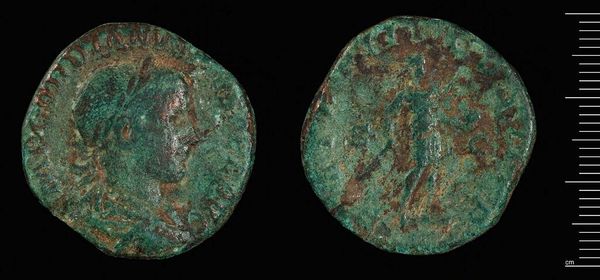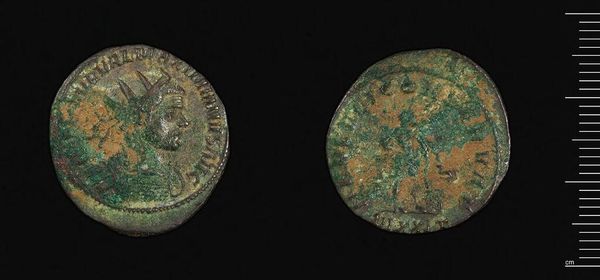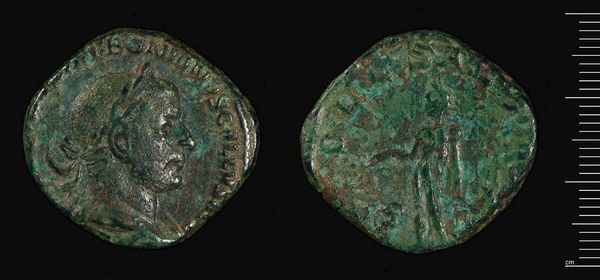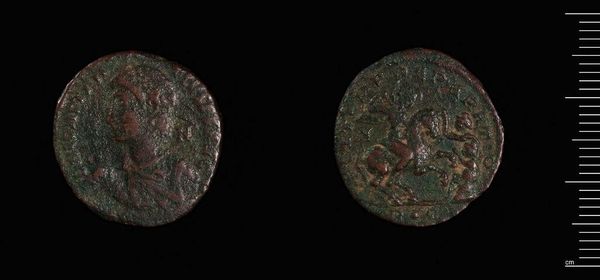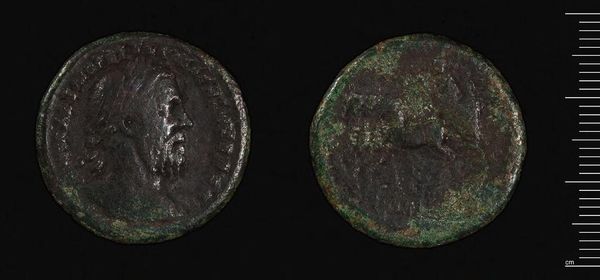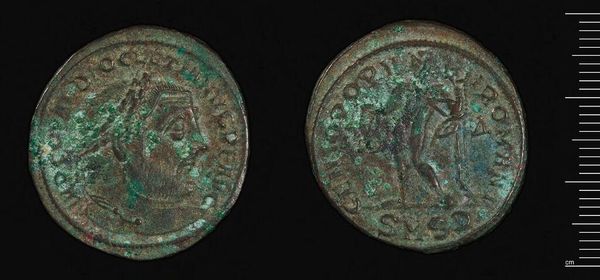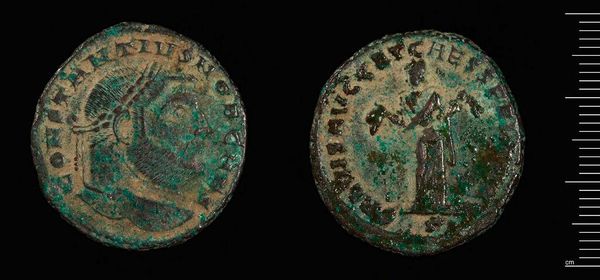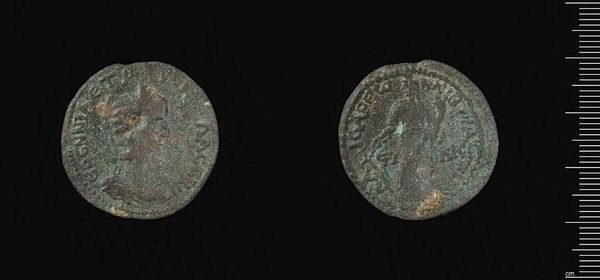
Coin of Thessalonike under the Emperor Gordian III c. 3th century
0:00
0:00
Dimensions: 10.68 g
Copyright: CC0 1.0
Editor: Here we have a coin of Thessalonike under the Emperor Gordian III, housed at the Harvard Art Museums. It's small, but the portrait is striking. What can you tell me about the significance of such an everyday object? Curator: This coin, seemingly mundane, speaks volumes about power, representation, and the vast Roman Empire. Consider how Gordian III used coinage to project his image across a diverse populace. What does it mean to have one's likeness become a symbol of authority, a tool for solidifying imperial control? Editor: So, it’s more than just money; it's propaganda? Curator: Precisely. And think about Thessalonike, a strategically important city. The minting of coins there signifies its connection to Rome, its economic dependence, and its role in the larger political game. What stories do you think these coins could tell about social hierarchies and cultural exchange? Editor: I never considered how much a simple coin could reveal. Thanks! Curator: Indeed. It shows how art history is always deeply embedded within history, economics and sociology.
Comments
No comments
Be the first to comment and join the conversation on the ultimate creative platform.
